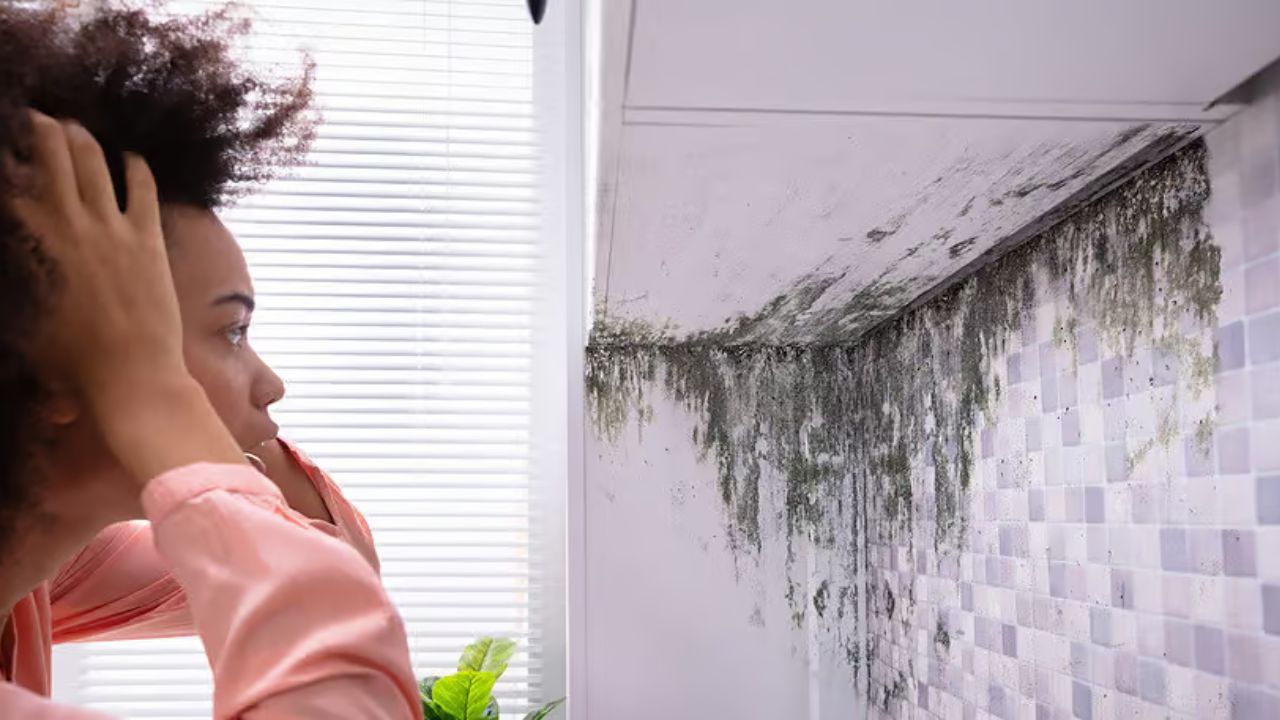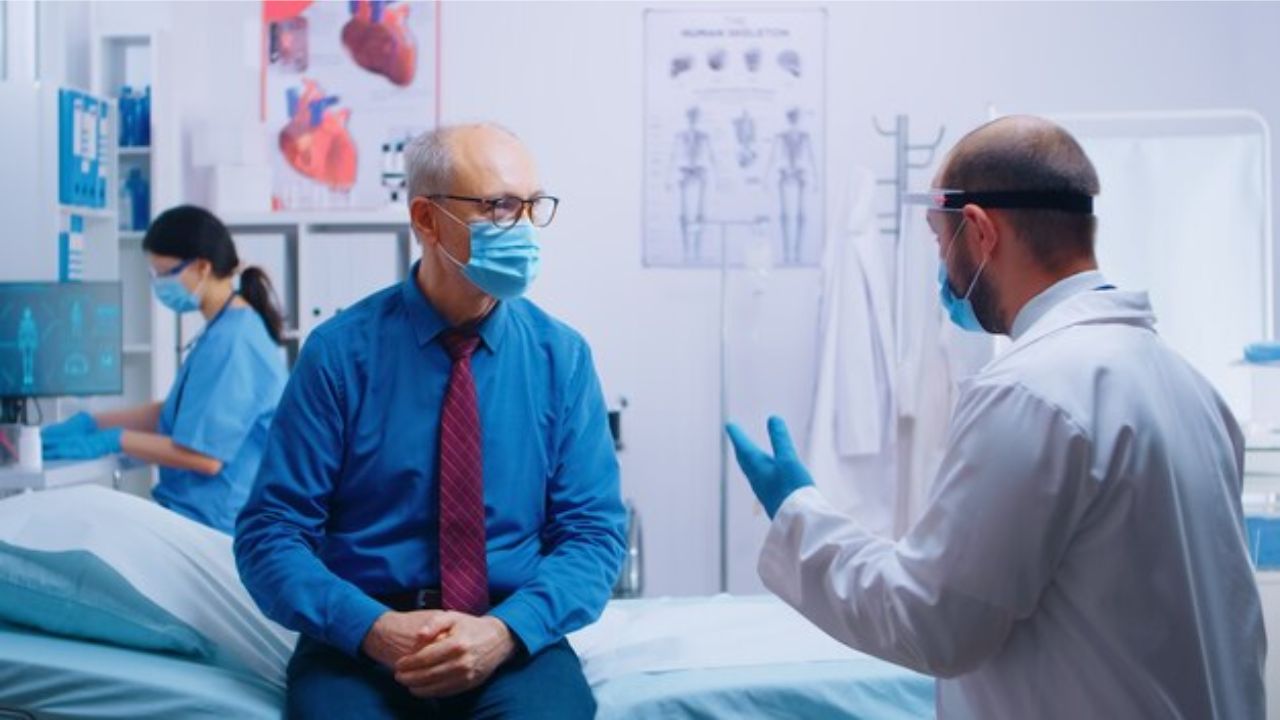Mold toxicity is a hidden health hazard that many people overlook. For homeowners, health enthusiasts, and environmental advocates, understanding how indoor mold affects health is essential for maintaining a safe living environment. From subtle symptoms to serious health issues, recognizing the 10 warning signs of mold toxicity can help you address the problem before it worsens.
This guide will explain what mold toxicity is, how to identify potential health risks, and actionable steps to eliminate mold from your space—ensuring a healthier and safer home.
What is Mold Toxicity?
Mold toxicity, also known as mold illness, occurs when individuals are exposed to mycotoxins produced by certain types of mold. These toxins can contaminate the air and surfaces in your home, leading to various respiratory and systemic health problems.
Common Sources of Mold
- Damp basements and crawl spaces
- Bathrooms with poor ventilation
- Leaking roofs or plumbing
- Air conditioning units or HVAC systems
- Flooded areas or water-damaged furniture
Mold thrives in areas with excess moisture, making early detection vital to mitigating the risks of mold exposure.
10 Warning Signs of Mold Toxicity
Mold toxicity manifests in several ways, ranging from respiratory problems to neurological symptoms. Spotting these 10 warning signs of mold toxicity early can prevent long-term health complications.
Persistent Allergy Symptoms
- Runny nose, sneezing, and itchy eyes not tied to seasonal allergies.
- Symptoms worsen indoors or after spending time in specific areas of the home.
Chronic Fatigue
- Feeling tired or sluggish, even after a full night’s sleep.
- Difficulty staying awake or concentrating during the day.
Respiratory Issues
- Frequent coughing or wheezing.
- Shortness of breath, especially in moldy environments.
Skin Irritation
- Rashes or unexplained itching.
- Dry, flaky skin that persists despite hydration.
Recurrent Headaches
- Headaches that intensify in specific rooms or buildings.
- A feeling of tightness or pressure in the sinus areas.
Mood Swings and Anxiety
- Sudden changes in mood, irritability, or anxiety.
- Depression or feelings of hopelessness triggered by prolonged exposure.
Memory Problems and Brain Fog
- Difficulty recalling details or concentrating on simple tasks.
- A sensation of mental slowdown or confusion.
Sinus Congestion and Frequent Nosebleeds
- Persistent nasal blockages or sinus infections.
- Nosebleeds that occur without apparent cause.
Digestive Distress
- Nausea, bloating, or irregular bowel movements not linked to diet.
- General stomach discomfort or pain.
Relapse of Chronic Conditions
- Worsening symptoms of asthma, allergies, or autoimmune diseases.
- Slow recovery times from infections and illnesses.
If you or someone in your household experiences several of these symptoms, mold toxicity may be the root cause.
Identifying Mold in Your Home
Detecting mold can be challenging because it often hides in out-of-sight areas. Here are practical tips to identify mold in your living space.
Physical Signs of Mold
- Musty odors in certain rooms.
- Dark spots on walls, ceilings, or flooring.
- Peeling paint or wallpaper near damp areas.
High-Risk Areas
- Bathrooms and kitchens due to plumbing leaks or steam build-up.
- Attics where ventilation is inadequate.
- Carpets, rugs, and upholstered furniture in humid spaces.
Consider investing in DIY mold testing kits or hiring a professional inspector to confirm mold presence.
Health Risks and Long-Term Effects
Prolonged exposure to mold can lead to serious health conditions, including but not limited to:
- Chronic Respiratory Disorders – Asthma, bronchitis, and other lung diseases.
- Neurological Problems – Long-term exposure can affect cognitive function.
- Immune Suppression – Increased susceptibility to infections and illnesses.
Children, the elderly, and individuals with compromised immune systems are particularly vulnerable to these long-term effects.
Steps to Eliminate Mold
Once mold is detected in your home, act quickly to eliminate it and prevent further growth.
DIY Mold Removal Tips
- Use bleach-based cleaners for surfaces with visible mold.
- Fix leaks and improve ventilation in affected areas.
- Remove and replace water-damaged items that cannot be salvaged.
Preventing Future Growth
- Dehumidify areas with high humidity (ideal levels are between 30-50%).
- Install exhaust fans in bathrooms and kitchens.
- Inspect and clean your HVAC system regularly.
Importance of Professional Help
When infestations are extensive or pose a significant health risk, hiring a professional mold removal service is vital. Professionals can assess the severity of contamination and use specialized equipment to eliminate mold safely.
Attempting to remove significant mold growth without professional help could exacerbate the problem or increase exposure to hazardous spores.
Promoting a Healthy Living Environment
A mold-free home is key to creating a safe space for your family. Along with regular maintenance and thorough cleaning, follow these additional tips to promote better indoor air quality and prevent mold recurrence.
- Invest in HEPA air purifiers to filter out allergens and mold spores.
- Add houseplants like peace lilies to naturally purify indoor air.
- Store items like books and clothing in dry, ventilated spaces.
Real-Life Stories and Case Studies
Take it from Jane, a homeowner in Portland. “I struggled with unexplained fatigue for years, never realizing mold in my HVAC system was the cause. Once it was removed, I felt like myself again.” Real stories like Jane’s emphasize the importance of addressing 10 warning signs of mold toxicity.
Mold Awareness Starts with You
Mold toxicity is more than just a minor inconvenience—it’s a serious health challenge that requires immediate attention. By understanding the signs, identifying mold in your home, and taking action to combat it, you can protect yourself and your loved ones.
For advanced cases, always consult professionals to ensure effective remediation. Your home and health deserve nothing less.
You May Also Like: Find the Best Half Marathons Near Me: A Comprehensive Guide
Conclusion
Mold toxicity is a hidden danger that can have severe effects on your health and wellbeing if left unchecked. By staying informed about the warning signs and addressing potential mold issues promptly, you can create a safer, healthier environment for yourself and your family. Prevention and early intervention are key, so take proactive steps and seek professional help when needed. Remember, your health and quality of life always come first—don’t underestimate the impact of mold in your home. Together, awareness and action can make all the difference.
Frequently Asked Questions
How do I know if my symptoms are caused by mold toxicity?
If your symptoms worsen indoors or after spending time in your home, mold exposure may be the cause. Consult a doctor for confirmation.
Can mold grow even if I keep my home clean?
Yes, mold can grow in hidden areas with excess moisture, such as behind walls, under carpets, or near leaky pipes.
Are all molds harmful?
Not all molds produce harmful mycotoxins, but prolonged exposure to any mold can cause health issues, especially for sensitive individuals.
How long does it take to recover from mold toxicity?
Recovery depends on the extent of exposure and individual health. Eliminating the source of mold and seeking medical advice are critical steps.
Can I test for mold myself?
Yes, DIY mold testing kits are available, but professional testing is recommended for accurate results and remediation plans.











